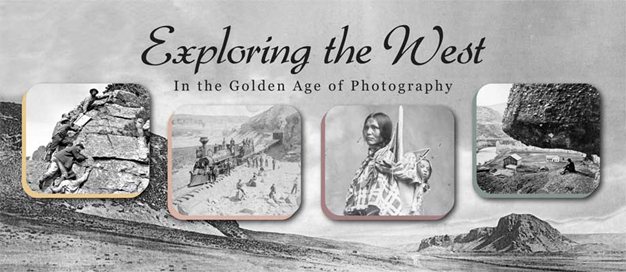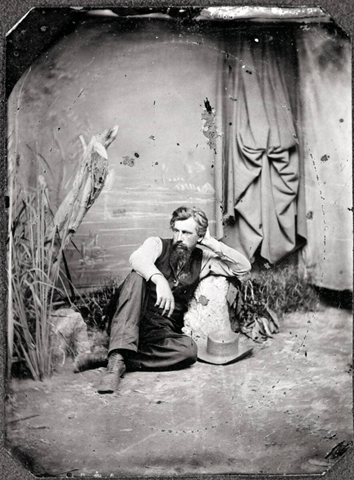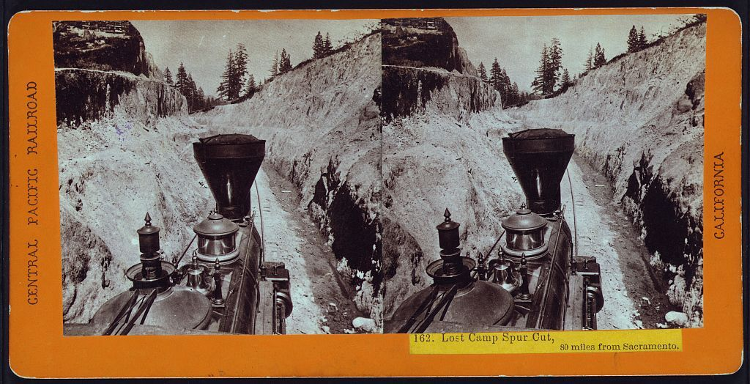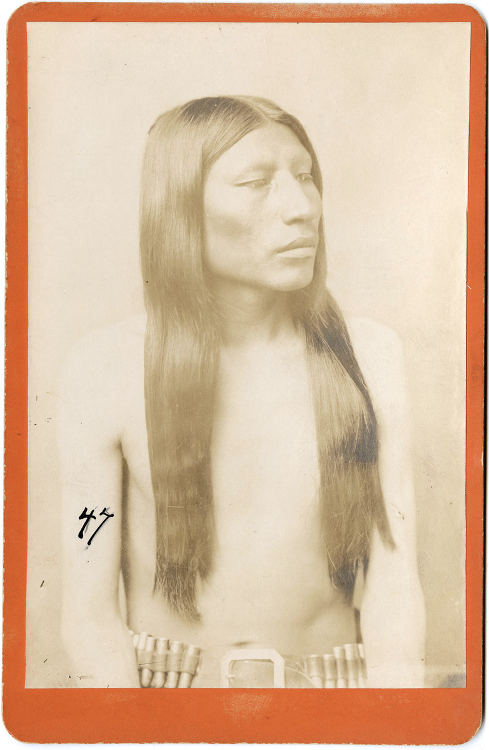Exploring the West
Preston Waddoups, USU Libraries

The library’s newest digital exhibit, Exploring the West in the Golden Age of Photography, is now open to the public online.

A portrait of photographer A. J. Russell (image provided by the Oakland Museum of California)
Dan Davis, the exhibit’s curator, is the Photograph Curator and Instruction Coordinator for Special Collections & Archives at USU Libraries. Davis has long studied photography in the nineteenth century American west, having published two books on the subject and curated another photography-focused digital exhibit. But while Davis’s previous exhibit, A World Transformed: The Transcontinental Railroad and Utah, focused closely on railroads, Exploring the West takes a broader view of nineteenth century Western American photography. The exhibit contains images of Native Americans, landscapes, the photographers themselves, and pictures of the railroad and its construction.
Many of the images come from photographer-specific collections in USU’s own Special Collections & Archives. The C. R. Savage Photograph Collection, the Baker and Johnston Photograph Collection, and the C. W. Carter Photograph Collection are all represented in the exhibit along with brief biographical sections on each photographer. Other photos in the exhibit are shown with permission from the Oakland Museum of California, Iowa University Libraries, the Union Pacific Railroad Museum, the Library of Congress, and the Online Archive of California.

A railroad engine on the Central Pacific Railroad (image provided by the Library of Congress)

An Arapahoe man (image provided by Utah State University Special Collections & Archives)
In addition to displaying fascinating historical photos, the exhibit also includes commentary on photographic practices in the nineteenth century and how they were related to economic and cultural forces of the day. Far from being passive windows into the past, these Western photographs selectively present history through the eyes of Anglo-American photographers. As Davis writes, “every photographer chooses what to shoot and what not to shoot.” Acknowledging this selective view helps us analyze American ideas surrounding Western expansion as well as what Davis terms the Anglo-American public’s “morbid fascination” with photos of indigenous people.

